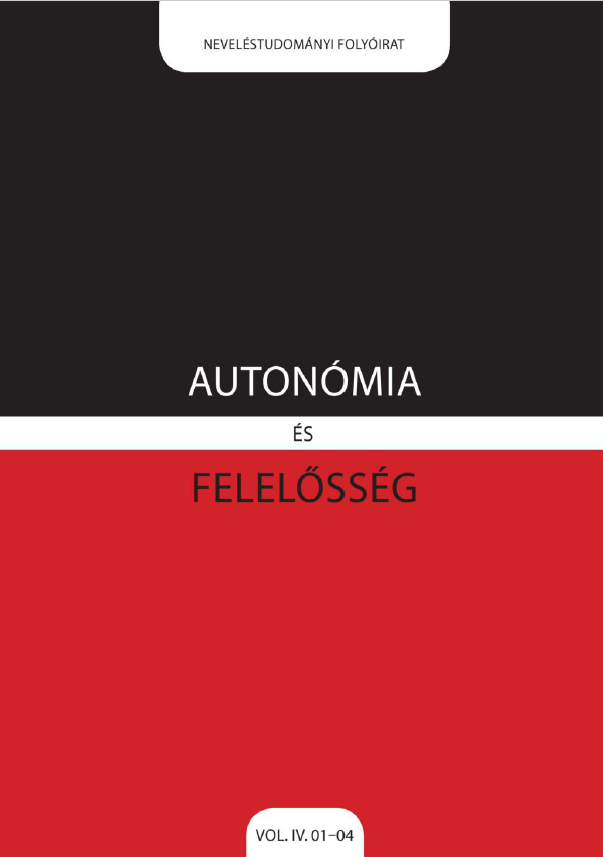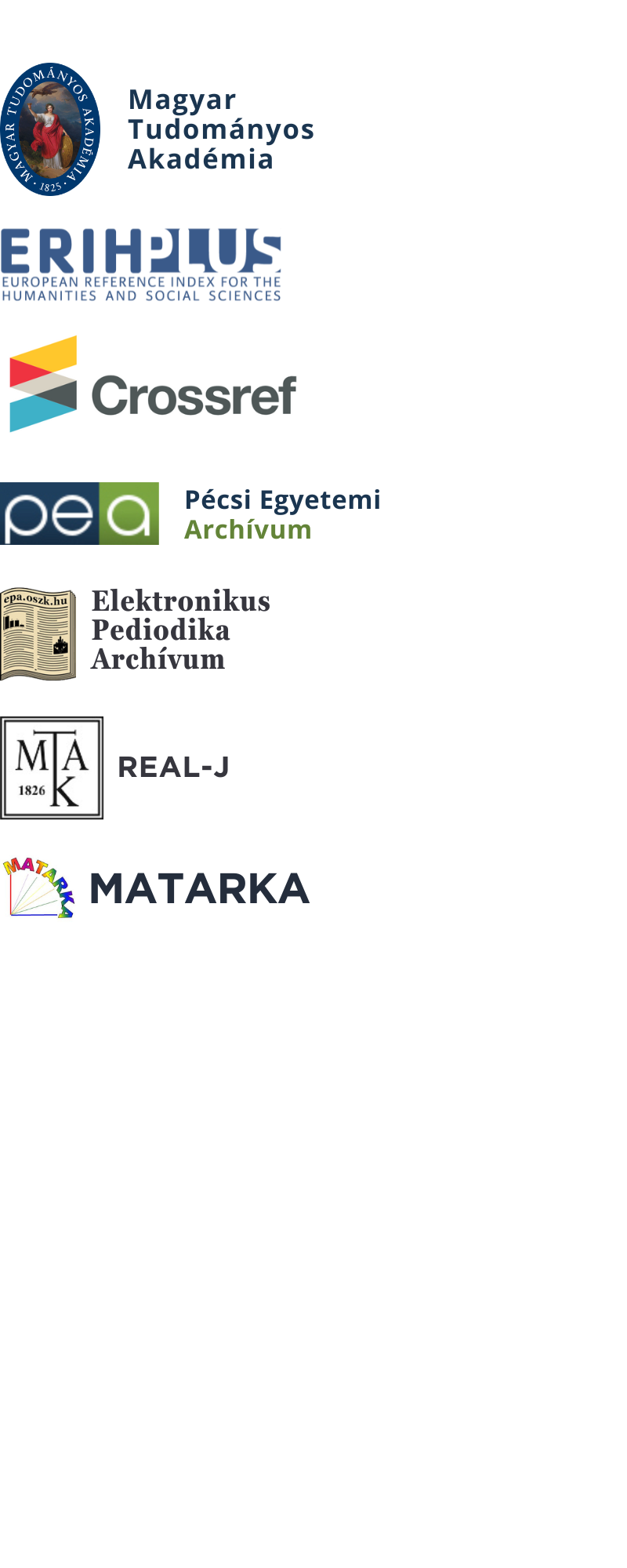Development of Abilities
the Diagnostic Process Learning Efficiency, and Intelligence
DOI:
https://doi.org/10.15170/AR.2018-19.4.1-4.3.Keywords:
ability, psycho-diagnostic, special education needs, efficiencyAbstract
The diagnostic process of learning abilities in Hungary may exclusively be applied in order to
establish or reject the status of ’special education needs’ of a child. The established cognitive
profi le is a potential basis for the development of abilities and may be considered relevant in
pedagogical assessment methods, however it is not a decisive factor.
In Hungary cognitive abilities are measured by intelligence tests, which in turn are assumed
to predict a child’s ability to learn, and so a correlation between intelligence, learning effi ciency and learning abilities is presumed. This assumption, however, has been refuted by research. It is an appreciated phenomenon, that children with a high IQ might have lower learning effi ciency and children with a lower IQ may be fairly effi cient learners. Nevertheless,
the norm-based diagnostic classifi cation of special education needs and the Hungarian defi nition of learning disability are not able to handle this diversity. The categories applied by the Hungarian diagnostic system cannot be clearly related to IQ scores, so the connection between the cognitive profi le, the learning effi ciency and learning abilities of a child may be indefi nite. The IQ test employed is suitable for revealing the structure of the cognitive
functions and identifying neurodiversity, however it does not say much about learning efficiency. Since the links between the results of the IQ test and the teaching practice are not clearly established, the diagnostic process does not necessarily contribute to the improvement of learner effi ciency. This paper intends to assist teachers in understanding the meaning of cognitive profi les from the aspect of development and take advantage of this knowledge in
their everyday practice.
Downloads
Downloads
Published
How to Cite
Issue
Section
License

This work is licensed under a Creative Commons Attribution-NonCommercial-NoDerivatives 4.0 International License.



